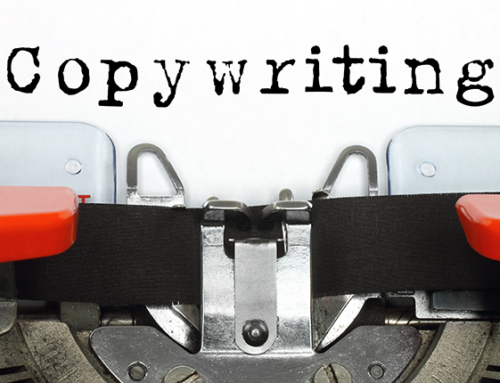With social networking being the number one activity for 72% of all internet users, social media is a veritable goldmine for the savvy marketer. And while the usefulness of social media marketing isn’t breaking news, it’s important to note that a lot of the traditional wisdom about social media marketing surrounds B2C relationships. B2B social media marketing can be a much harder nut to crack, but just as successful – done right, that is.
B2B marketing is about playing the long game. Regardless of your campaign’s specific goals, your aims will always be to establish expertise, gain trust, and encourage engagement. But when it comes to your ultimate goal, conversion, it’s your choice of social media platform that becomes crucial.
Ask yourself: where is your audience?
A 2015 Salesforce report revealed that 62% of business owners are using LinkedIn. Tie that to a conversion rate of 2.74% in 2012, three times higher than Facebook (0.77%) and Twitter (0.69%), and it’s clear that any B2B marketing strategy is not complete without a LinkedIn limb.
So there’s a good chance that your audience is on LinkedIn, but maybe they spend more time on Facebook. Maybe they spend more time on Facebook but engage more on Twitter. Most B2B marketers use an average of 6 social media platforms. Whatever the variation, the key is knowing it and be where they are. This may involve split testing across platforms to figure out which platforms work for you.
Putting aside LinkedIn’s unparalleled conversion rate, its functions offer a unique opportunity to bring potential clients to you. Visiting the profile of a client sends them an automatic alert to let them know you’re looking. More often than not, this will pique their curiosity and you’ll be visited in return. We call this stalking responsibly, and you can only do it on LinkedIn, so take advantage.
You can build on this connection by tracking down groups that your target audience participates in and joining them too. To keep things efficient, use ‘Goldilocks’ logic. Engage with groups that aren’t so small that they don’t have any influence, or so large that you’ll be drowned out.
Facebook may not be the silver bullet for conversion but it has over a billion users, each of whom spends an average of 28 minutes scrolling through their feed every day. Unlike LinkedIn and Twitter, Facebook offers an opportunity to curate detailed, multi-layered content. Posting content such as blog posts or business updates that link back to your website work as a means of building brand awareness, and showcasing your company’s culture.
Twitter is often overlooked as a tool for B2B marketing but it has a proven track record of encouraging engagement. 85% of Twitter users feel more connected with businesses that they follow and, crucially, 72% are more likely to buy something from a business they follow. Increase your followers – and your leads – by getting involved in conversations that are already happening. Look into the businesses and thought leaders in the conversation and ask meaningful questions and make insightful comments to get closer to establishing thought leadership for yourself.
Twitter’s free lead generation tool also makes it a cost-efficient bet for B2B marketers looking to test the water. You can attach a ‘lead generation card’ to any tweet for free. Put a swanky image on a compelling call to action and followers will be able to send you their contact details without even leaving the page.


